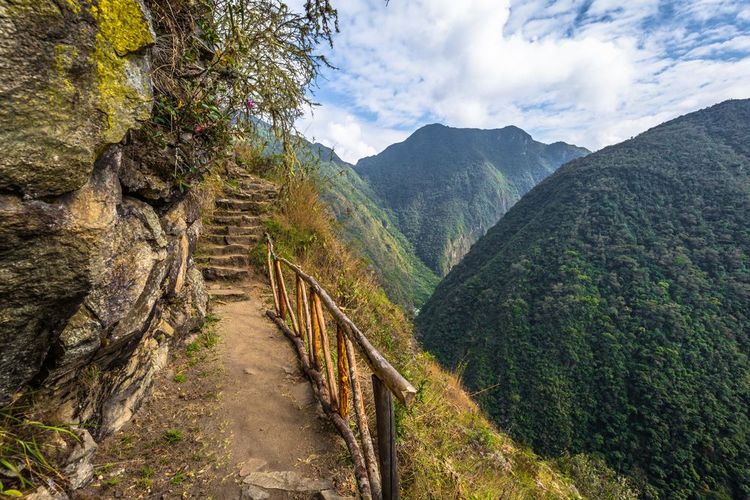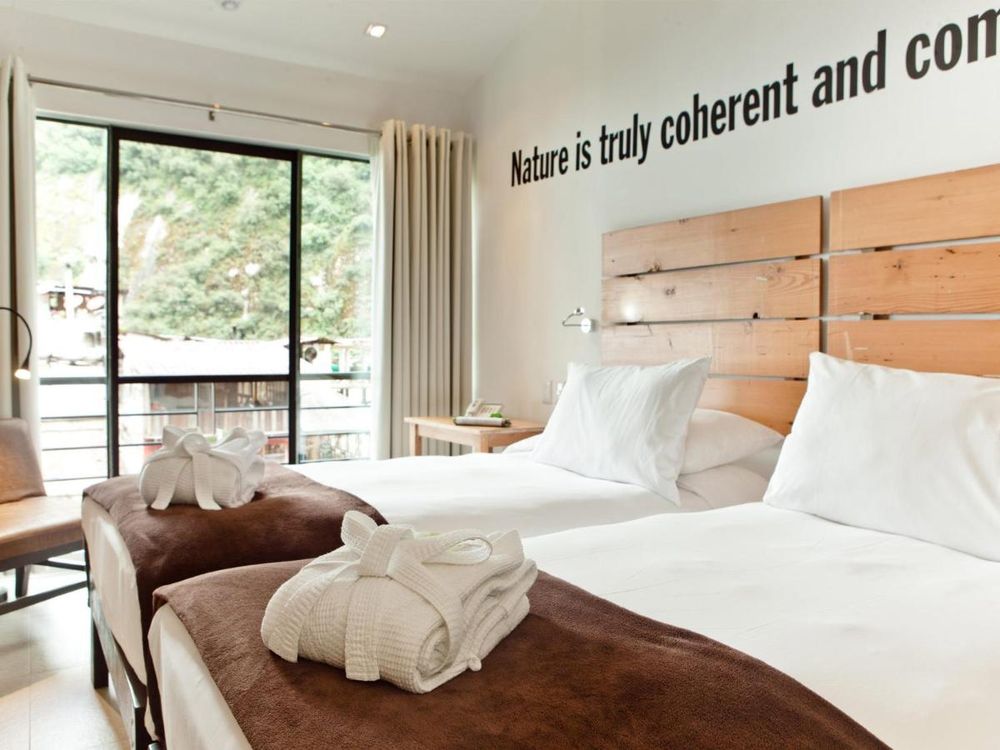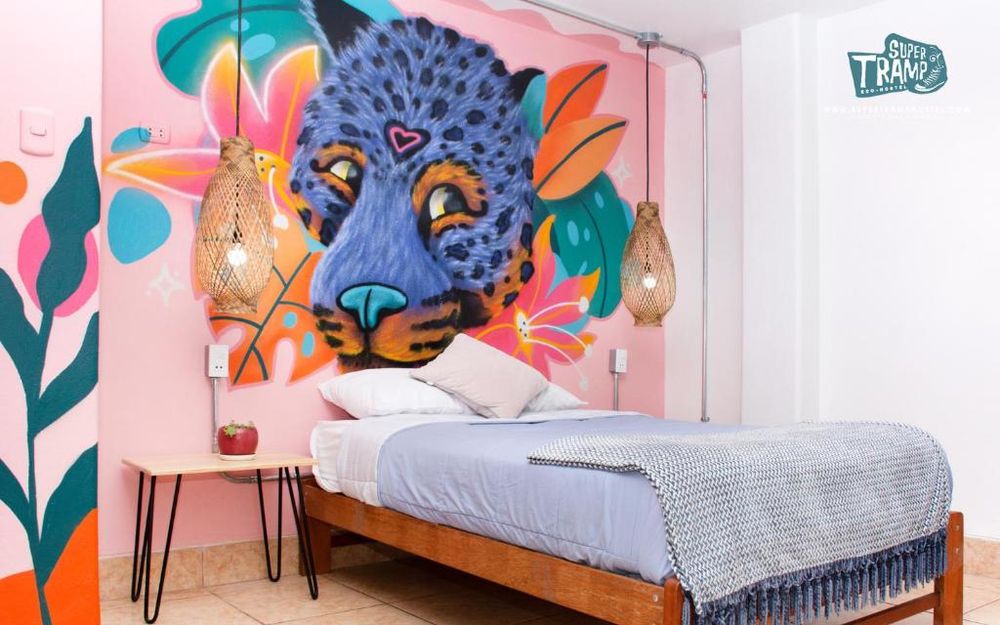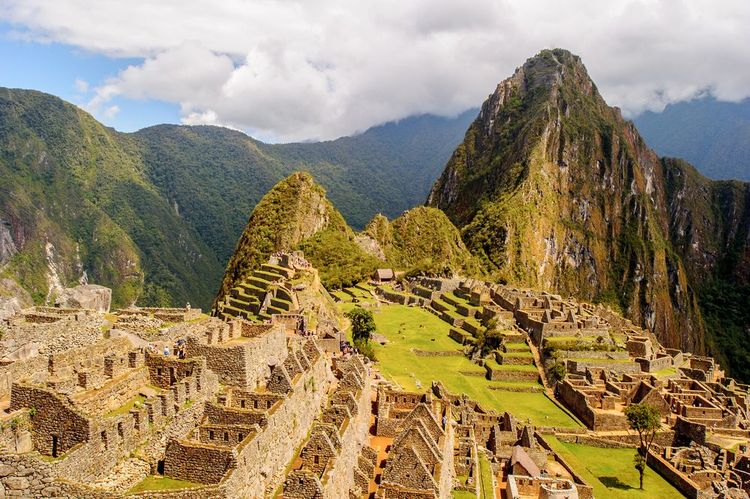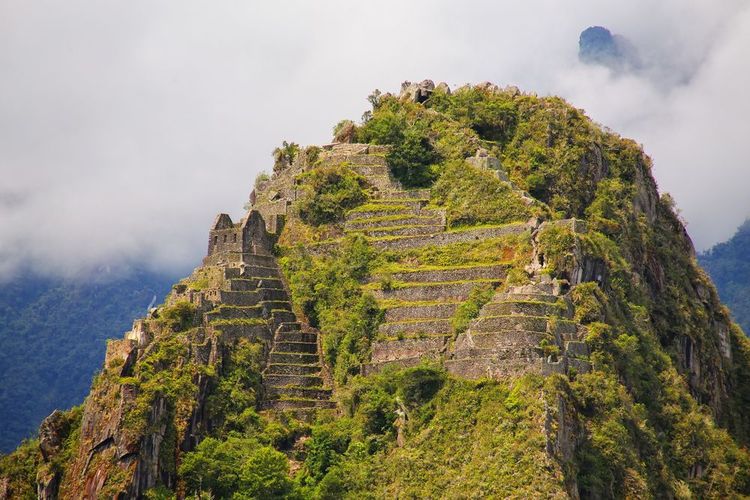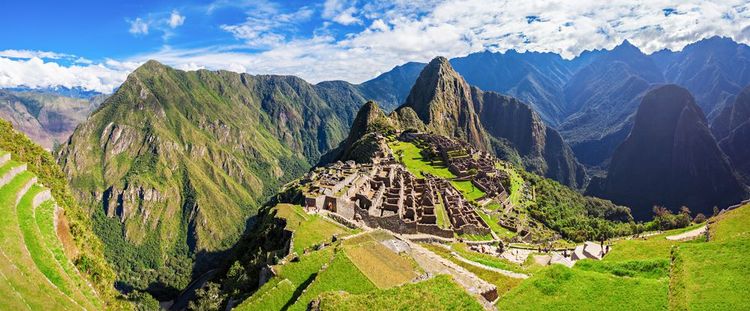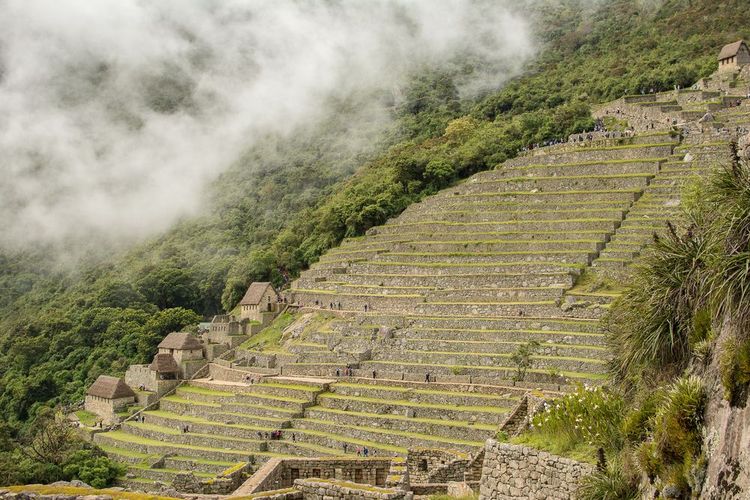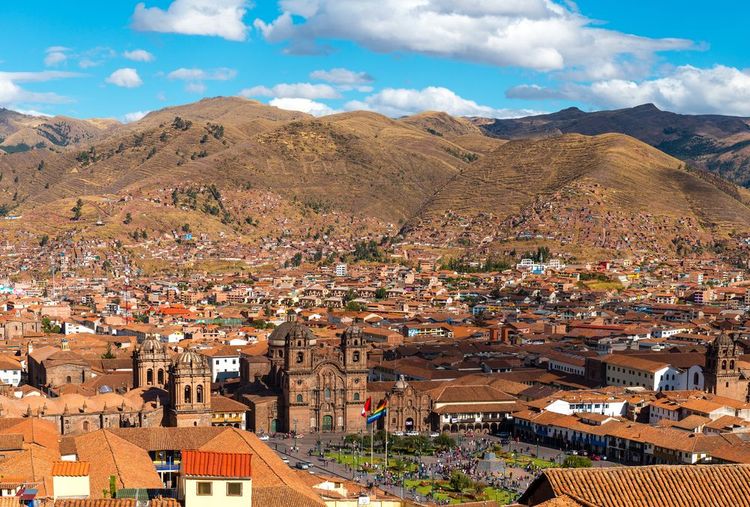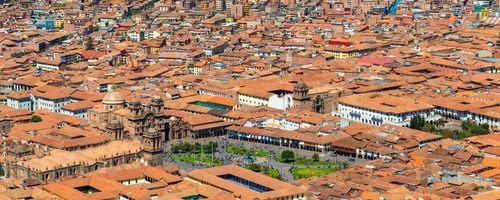Visiting Machu Picchu is an absolutely unforgettable and magical experience, giving you the chance to discover one of the world's most emblematic archaeological sites and to contemplate up close this well-preserved architectural marvel, covered in lush vegetation and encircled by towering mountains.
Don't forget to allow a few days to acclimatise to the altitude before visiting Machu Picchu, as you need to be in top form to make the most of this exceptional day.
The Machu Picchu site is divided into two distinct zones separated by a wall at least 400m long.
To the south, the agricultural zone was dedicated to farming. Wide terraces made of stone, clay and earth are well exposed to the south and benefit from an efficient irrigation system. These terraces enabled the city's pre-Columbian inhabitants to feed themselves all year round. Corn, potatoes and vegetables were the main crops grown here.
To the north, the urban area is divided into different quarters: the sacred quarter, the quarter of the nobles and ecclesiastics, and the more popular quarter of the inhabitants.
When you visit the city, you'll discover countless sites, temples, monuments, fountains and curiosities, the most important of which are listed below:
The Temple of Water: the Incas worshipped this element and considered water to be a god, their economy and livelihood being based mainly on agriculture.
The Temple of the Sun, dedicated to the sun god, supreme god for the Incas. Like the Coricancha in Cuzco, this remarkable building is made up of perfectly interlocking polished stones. Inside the temple, you'll see the only circular building in Machu Picchu: the Round Tower. Beneath the temple is the Tomb of the Inca, and also the Mansion of the Ñusta, which was probably the residence of a woman of great powers such as a high priestess.
The Royal Palace, located below the Temple of the Sun, was probably the residence of the emperor Pachacútec. There is a fairly large central hall leading to several patios or rooms. The building is impressive, and one of the largest in Machu Picchu.
The Sacred Plaza, home to the Central Temple and the Temple of the Three Windows. Religious ceremonies were held here, and in the central temple there are small stone niches that must have contained sacred objects and a central altar that was probably a place for animal sacrifices. The temple of the three windows remains a mystery.
The Intihuatana, in Quechua Intiwatana means "place where the sun is attached". More than just a sundial, it was used by the Incas as a solar calendar to predict the changing seasons and perhaps also the weather. Some of its faces are oriented according to the cardinal points.
The Temple of the Condor, in the prison district. For the Incas, the condor represented the upper or celestial world (Hanan pacha). The head of a condor is sculpted on the ground and two giant rocks are carved in the shape of wings. This temple may well have been a place of sacrifice!
The Funeral Rock or mortuary rock is located near the caretaker's house. It lies in the middle of a large esplanade (the old cemetery). It is a huge monolithic block in the shape of an altar that was probably used by the priests during funeral ceremonies.
The House of the Guardian, at the top of the agricultural terraces, is the highest building in the city, from where you can take the mythical photo of Machu Picchu.
The Temple of the Moon is at the northern end of the city, hidden behind Wayna Picchu. It is inside a large natural cave, where you can see stone engravings of various shapes: a moon, which gives its name to the cave, a snake, a puma and a condor, sacred animals of the Incas.

